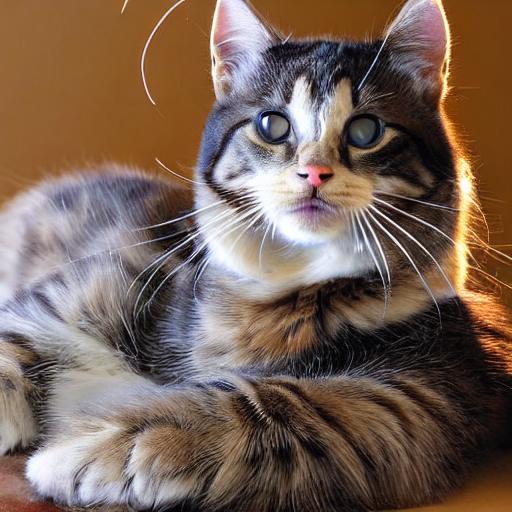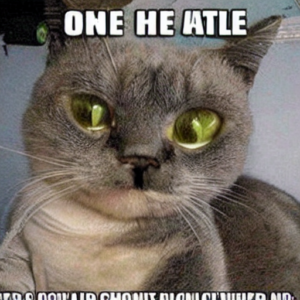The Fascinating World of Cat Behavior: Unraveling the Mysteries of Your Feline Friend
As any cat owner will attest, our feline companions can be mysterious and intriguing creatures. Their behavior is often unpredictable, yet fascinatingly complex. In this blog post, we’ll delve into the world of cat behavior, exploring what drives their actions, and how you can better understand and connect with your whiskered friend.
Communication: The Silent Language
Cats are master communicators, but they don’t use words to convey their thoughts. Instead, they rely on body language, vocalizations, and even scent markings to express themselves. Pay attention to your cat’s ears, tail, and eyes – these telltale signs can reveal their mood, intentions, or emotional state.
* Ears forward: Alertness, curiosity
* Ears back: Fearfulness, defensiveness
* Tail up: Confidence, friendliness
* Tail down: Sadness, anxiety
* Eyes wide: Excitement, interest
* Eyes narrow: Suspiciousness, aggression
Why Do Cats Groom?
Grooming is an essential aspect of cat behavior. They spend a significant portion of their day cleaning themselves, often using their tongue to remove dirt, debris, and parasites from their coats. This habit serves several purposes:
1. Self-maintenance: Keeping their coat clean and healthy helps cats regulate body temperature, reduce stress, and maintain overall well-being.
2. Scent marking: By licking specific areas of their body, cats deposit pheromones that convey information to other felines about their identity, reproductive status, and dominance.
3. Social bonding: Grooming is a way for mother cats to bond with their kittens and for adult cats to strengthen social bonds.
Understanding Hunting Instincts
Cats are natural predators, and their hunting instincts are deeply ingrained. They possess exceptional agility, stealth, and reflexes, which allow them to stalk and capture prey (or toys). This behavior is not just a quirk – it’s an essential part of their evolution and survival.
* Stalking: Cats use their acute senses to locate potential prey, relying on sight, sound, and smell.
* Ambush: They lie in wait, using cover and concealment to launch a surprise attack.
* Pounce: A swift, precise strike that allows cats to capture their quarry (or toy).
The Role of Territory and Marking
Cats are territorial animals, and they use scent marking to define their boundaries. By rubbing their faces, bodies, or tails on surfaces, they deposit pheromones that communicate their presence to other felines.
* Dominance: Cats may mark specific areas to establish dominance over a particular territory.
* Social hierarchy: Scent marking helps cats recognize each other’s social status and maintain order within their group.
Conclusion
Understanding cat behavior is a lifelong journey, filled with fascinating discoveries and moments of connection. By recognizing the intricacies of your feline friend’s communication, grooming habits, hunting instincts, and territorial nature, you can build a stronger bond and better appreciate their unique personality. So next time you watch your cat stalk a toy or curl up for a nap, remember that they’re not just being cute – they’re exhibiting complex behaviors that make them the intriguing creatures we love.


